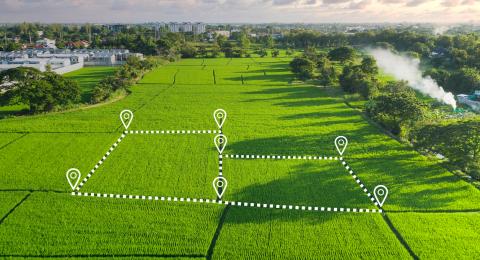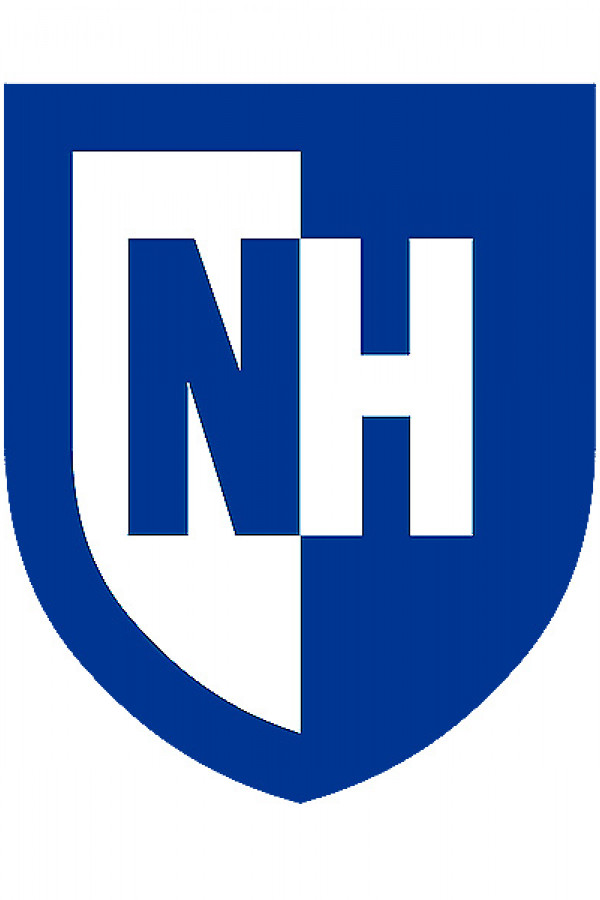Module #1 The Basics of Photogrammetric Processing of Unmanned Aerial Vehicle Data
Flight planning, scale of raw photography (not final product) vs. focal length vs. pixel resolution vs. camera angle, % overlap considerations, limits in forested areas and at building edges, fixed wing vs. rotor vs. hybrid UAV, use of gimbal mount , ASPRS accuracy standards and client needs
Automated image matching, concepts of aerotriangulation (bundle adjustment), Measuring control images, quality indicators from the bundle adjustment
Module #2 Production Photogrammetric and Lidar Processing of Unmanned Aerial Vehicle Data
Airborne GPS-IMU possibilities, optimizing ground control and its measurement, Using ground control vs. coordinate comparisons (check points) as a quality assessment, relationship to ASPRS accuracy standards, UAV Lidar as an alternative to photography, Lidar advantages and disadvantages, Lidar intensity returns to color, control measurement with Lidar, point density requirements
Bare earth vs. digital surface models, automated classification processes, manual classification processes, converting .las to vector information, helping a client understand deliverables and language in the deliverables

